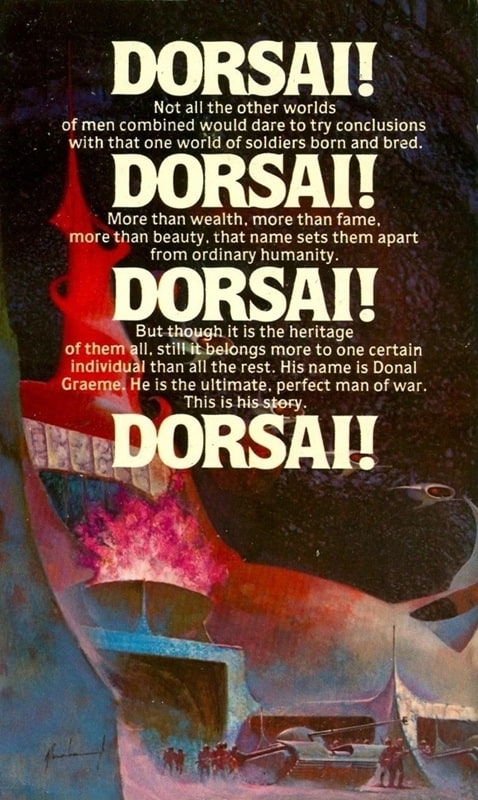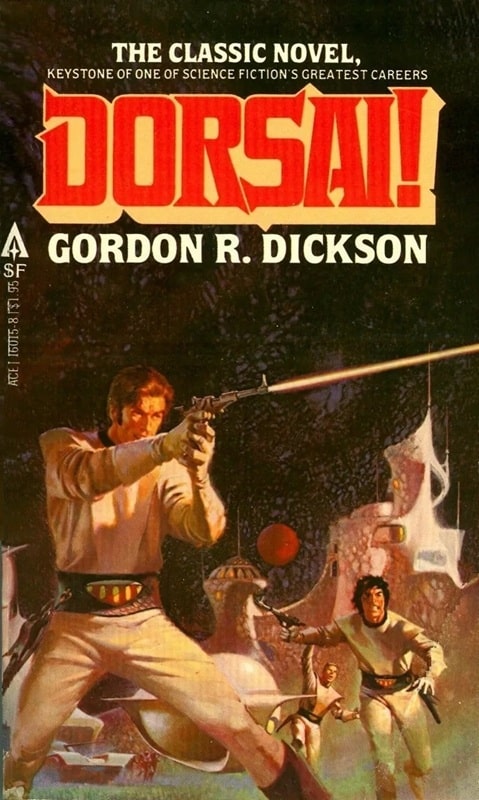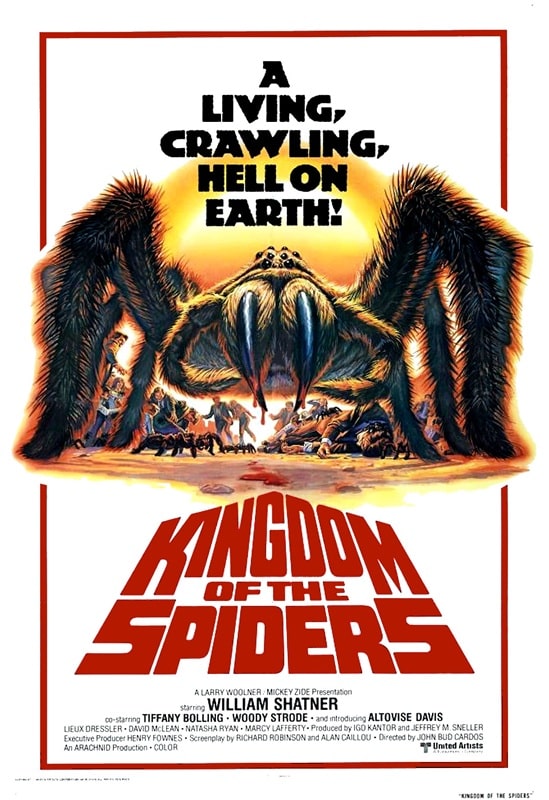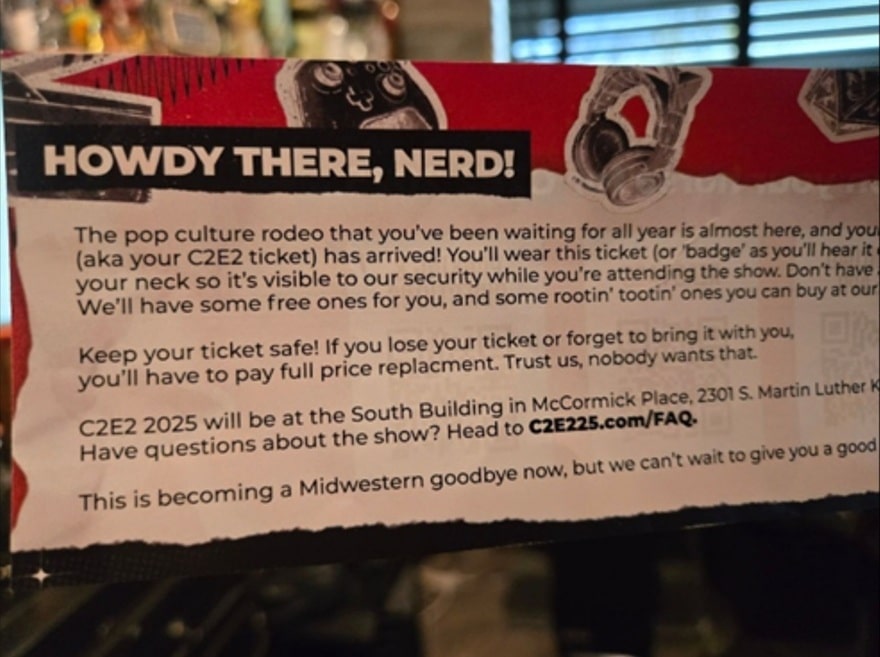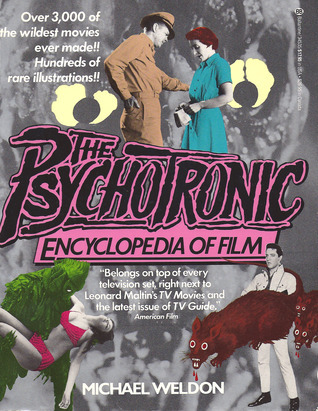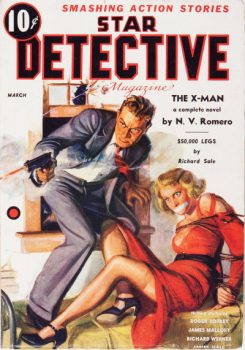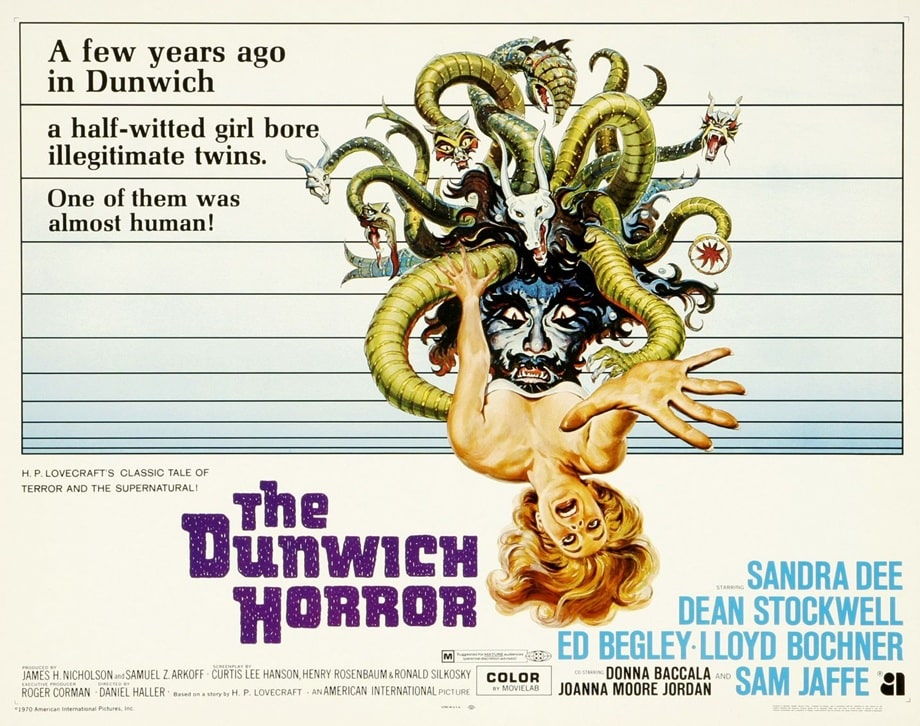What I’ve Been Reading: April 2025
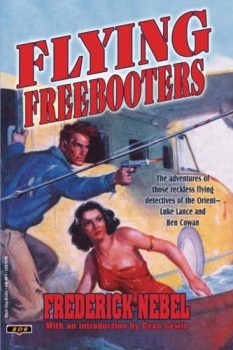 I continue to listen to audiobooks daily. They fit my lifestyle and let me get to a lot more stuff than I would if I just read. I mean, driving with a paperback in hand is quite the challenge!
I continue to listen to audiobooks daily. They fit my lifestyle and let me get to a lot more stuff than I would if I just read. I mean, driving with a paperback in hand is quite the challenge!
I just re-listened to the entire SPQR mystery series by John Maddox Roberts (who I have written about several times, including here). No way I could have sat down and re-read all thirteen.
And I plodded through listening to all 44 hours of Toll of the Hounds, the eighth book of Steven Erikson’s Malazan Book of the Fallen. It was the first book in the series I didn’t really care for – possibly because I don’t like the narrator. But I’ve had a paperback copy on the shelves for ten years, I think. At least I worked in listening to it. I have the audiobook for Dust of Dreams, which is just as long. But the same guy read the whole series, and I don’t want another 40+ hours of him.
But, I do like to still read a physical copy. So, let’s get to what I’ve been checking out on the printed page.
FLYING FREEBOOTERS – Frederick Nebel
Nebel’s is the second face on my Hardboiled Mt. Rushmore (Hammett on one side, Norbert Davis on the other). I’m not into the Aviation Pulps, but I am a fan of Nebel’s Gales & McGill action stories.
